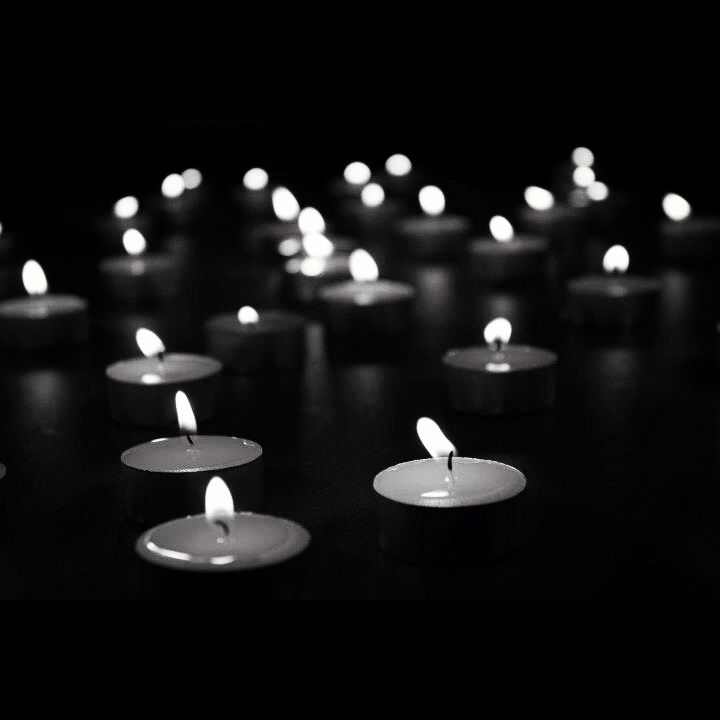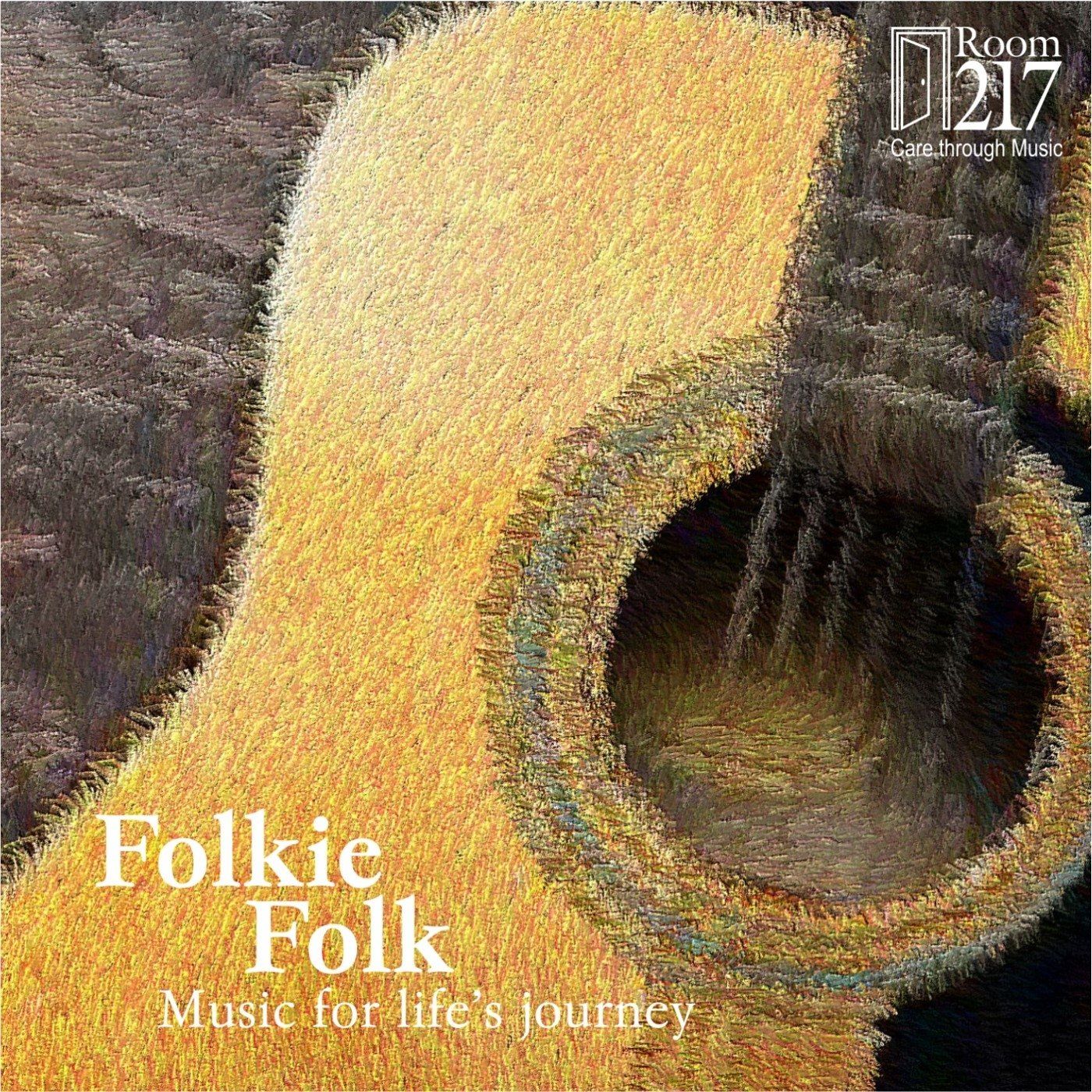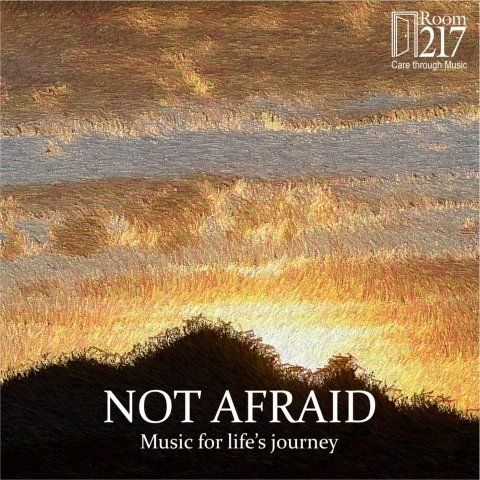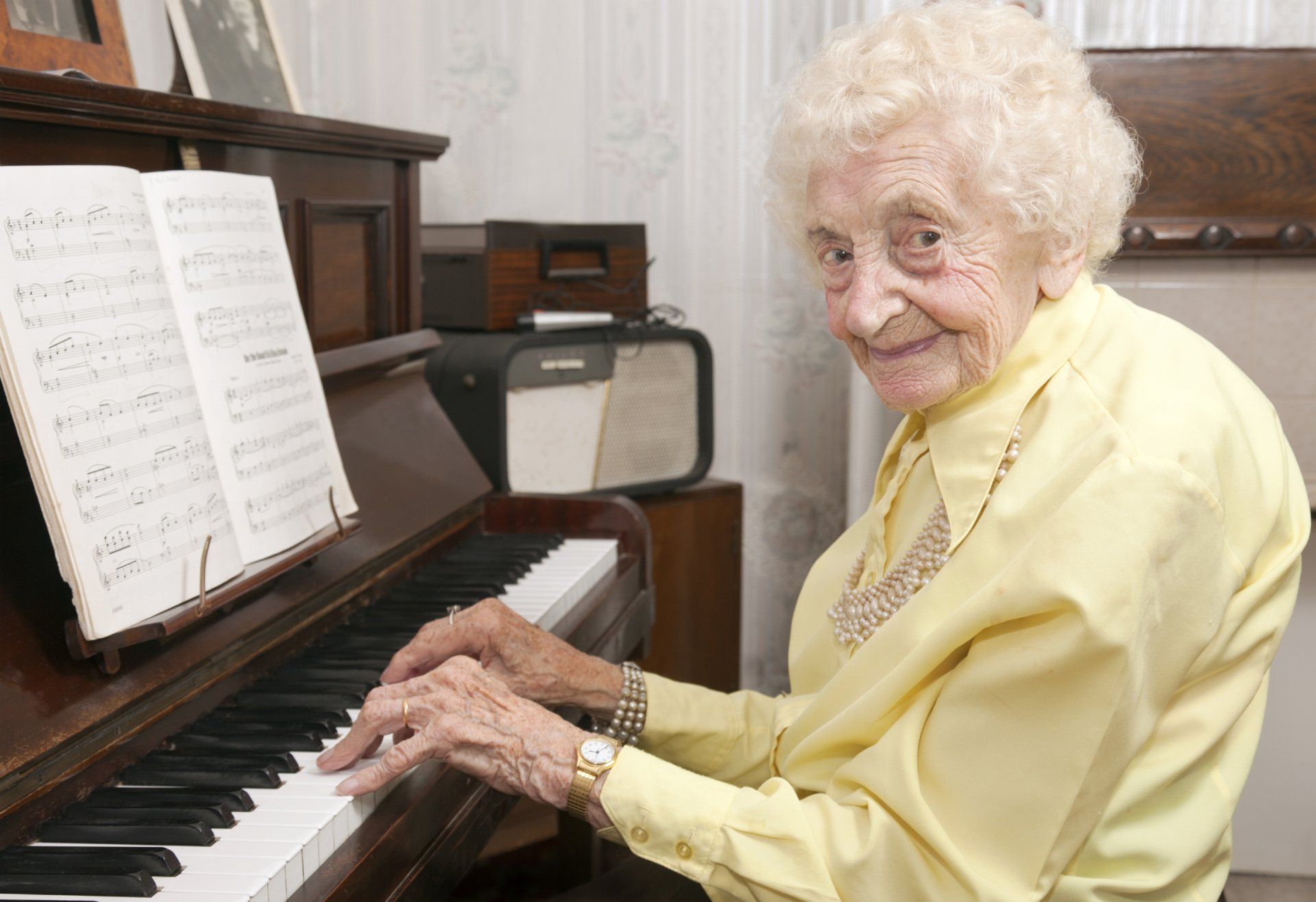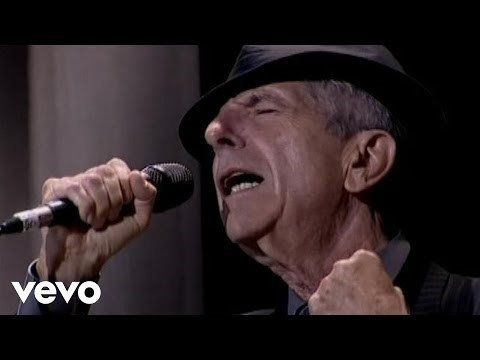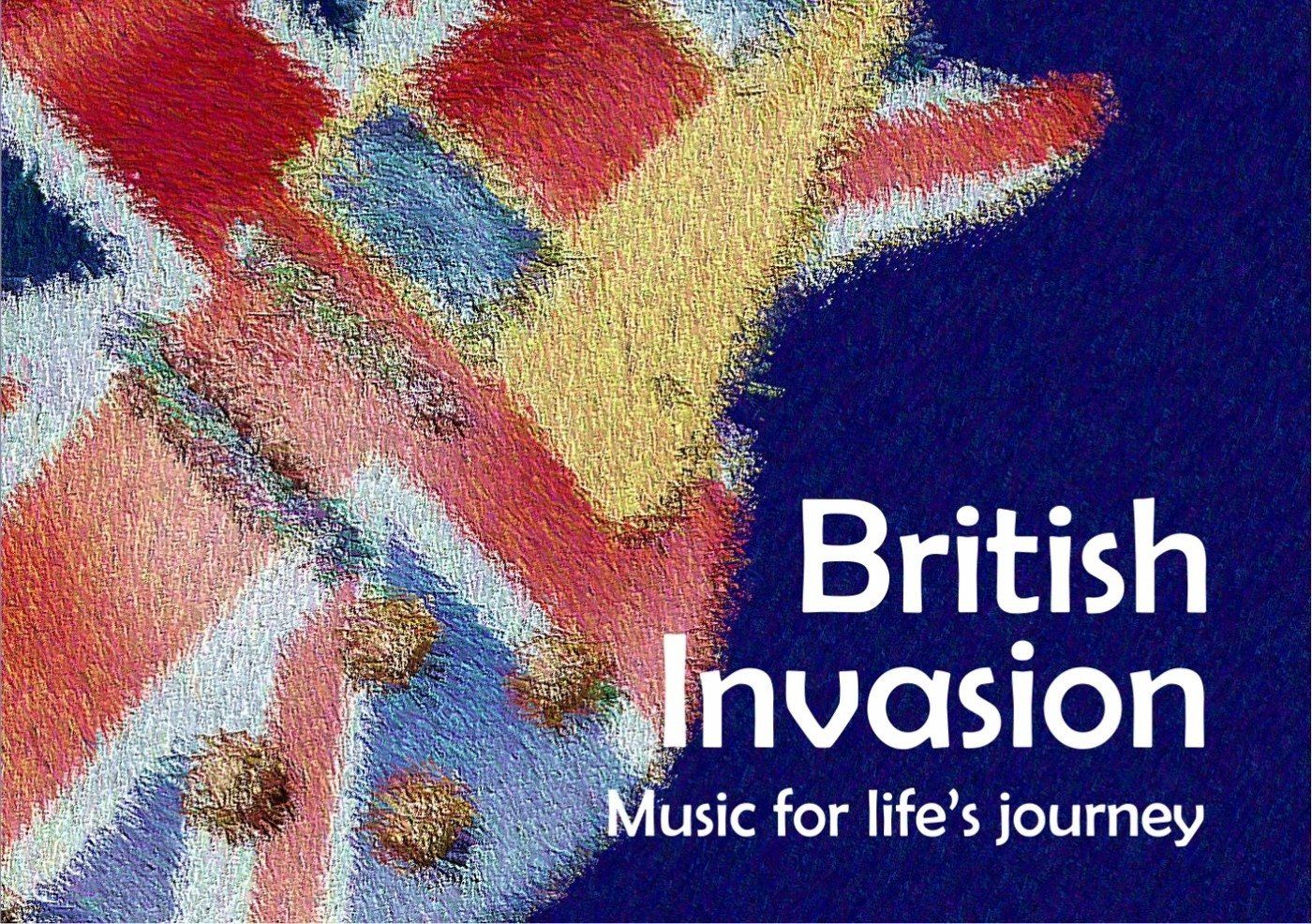Music, Dementia, and Meaningful Moments: a Room 217 staff member’s story
 My job with Room 217 involves communications, marketing and sales. Although my background is not in sales, I can sell Room 217 because I’ve seen its benefits first hand.
My job with Room 217 involves communications, marketing and sales. Although my background is not in sales, I can sell Room 217 because I’ve seen its benefits first hand.
By trade I’m a journalist. As a health reporter with one of Metroland’s papers , a generative journalist with Axiom News (writing for long-term care and inclusion movement clients) and as the writer/editor of CAPS , an independent community paper, I’ve met and interviewed many people who, I’ve come to find out, use Room 217 resources in their workplaces.
It was because of Axiom News and the Ontario Long Term Care Association’s Morning Report that I first ever heard of Room 217 and Bev Foster, executive director. The Morning Report carried a piece about the Music Care Conference being held in the fall of 2011, with mention that Room 217 was located in Port Perry. That town was in the coverage area of the newspaper I was writing for, so I tucked Bev’s contact info away, and followed up with her after the conference was over.
She and I met on Nov. 28, 2011 at a local Tim Horton’s so I could get information for a feature story on Room 217. We spent a few hours chatting about her work and the incredible back story of Room 217, and how I was juggling a sick husband, three children, two jobs and a Dad with Alzheimer’s. This lovely woman and the conviction in what she was doing impressed me.
She’d given me two CDs to listen to, so I could get a feel for how Room 217 music was produced, and so I could experience it for myself.
I got home from that interview, put on one of the CDs ( Old Chestnuts ) in my player and began dinner preparation. As was his custom, my Dad, who lived with us, was sitting at the kitchen table, flipping through the newspaper, and we chatted about our day.
When La Vie en Rose came on, my Dad started singing. I’d heard him sing before; usually just bits of his favourite songs or little ditties that humoured him (and us!) But that day he sang La Vie en Rose. Surprised, I asked him how he knew that song. He told me that his Mom – my Francophone Grandma Dupuis – often played it on the gramophone in their home.
That led to conversation about his childhood growing up in the Beaches, his days in school, his friends, and his parents. Though I’d heard the stories before, dementia had been ever so slowly robbing us of the man who had been our Dad and Papa. Those few minutes of music awakened memories and triggered discussions that otherwise wouldn’t have happened.
As they say in the MasterCard commercials, Room 217 CD: $20. The conversation that follows: priceless.
Deb Bartlett is the Revenue Development Co-ordinator for Room 217.

